Auto Control Vehicle Loop Detector For Access Barriers Gate System
Our Advantages:
1. Single Channel/Dual Channel available
2. 1 Year Standard Warranty, excellent after-sales service
3. 24h*7d at your service to give you best support: Skype:annabelle8258,WhatsApp:+86 13682581314
4. Detailed installation manual and wiring diagram to make everything be easy
5. Fast finishing time for you to become more competitive at your local market :3-5 days for small order.

| Supply voltage: | 220V AC , 115V AC,24VDC/AC,12V DC/AC ( See the label on the detector) |
| Voltage tolerance AC | +10% / -15% |
| Voltage tolerance DC | ±15% |
| Power Consumption | 4.5VA |
| Output relays | 240V/5A |
| Operating temperature | -220°C to +65°C |
| Storage temperature | -40°C to +85°C |
| Frequency range | 20 kHz to 170 kHz |
| Reaction time | 100ms |
| Signal holding time | Unlimited |
| Sensitivity | Adjustable in 3 increments |
| Loop inductance | Total loop plus connection wiring: 50μH to 1000μH. Ideal is 100μH to 300μH |
| Loop connection wiring | Maximum length 20 meters, twisted at least 20 times per meter |
| Size of Housing | 78x40x108 mm (L x W x H) |
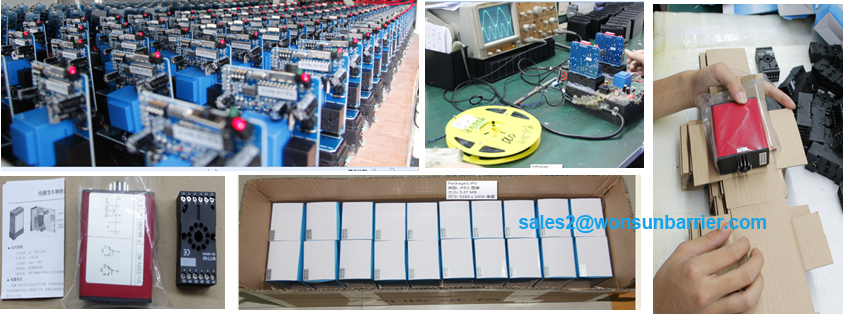

The WSTV-410 is a single channel inductive loop detector designed for parking and access control applications.
The detector is connected to an inductive loop mounted in the road surface. When vehicles pass over the loop the detector switches on an output.
The use of microprocessor and surface mount technology enables a large
number of functions to be incorporated into a small package. The WSTV-410 is compatible with most single channel detectors on the market and is easy to set-up and install.
Vehicle loop detector Application:
Loop detectors are used wherever vehicles have to be detected. Like monitoring and safe guarding access ways to counting vehicles. The output signal can be used for controlling door and gate drive mechanisms, operating barriers, controlling traffic light systems in car parks or activating card dispensers in car parks.
The WSLP-01 is a single channel inductive loop detectors. The principle is based on a change in the inductance within the loop which is caused by the metallic components of passing vehicles. The changes are picked up and evaluated by a microprocessor. Ease of use thanks to automatic calibration when the operating voltage is applied.



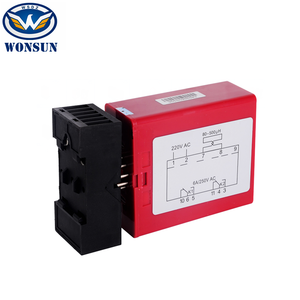
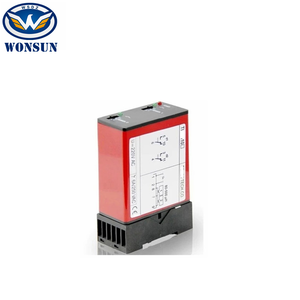
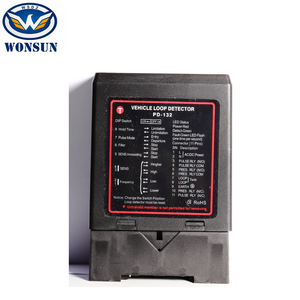
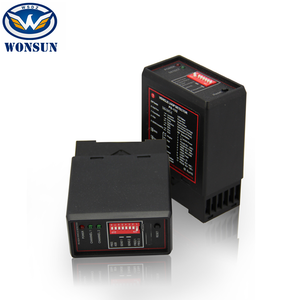
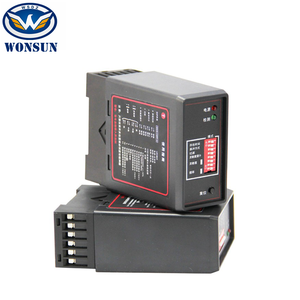
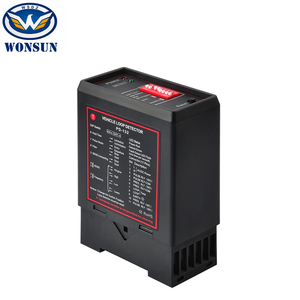
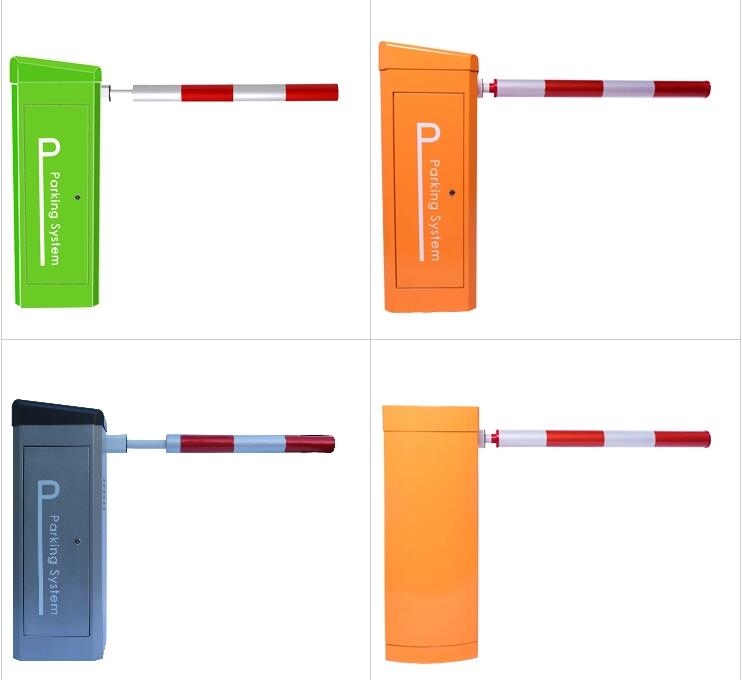
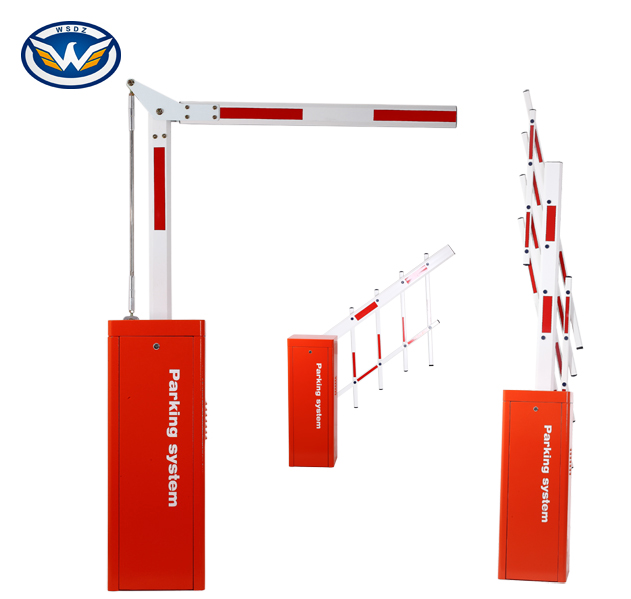
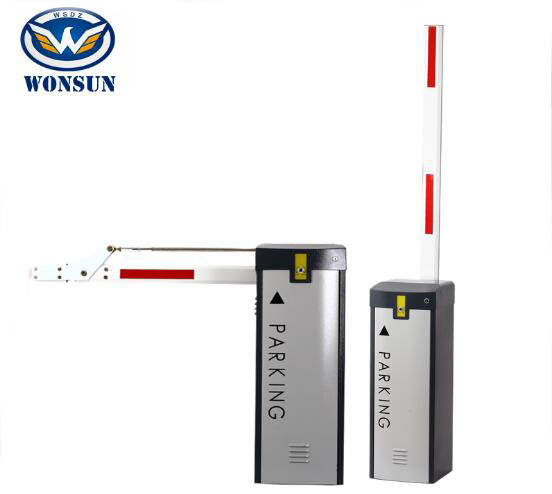
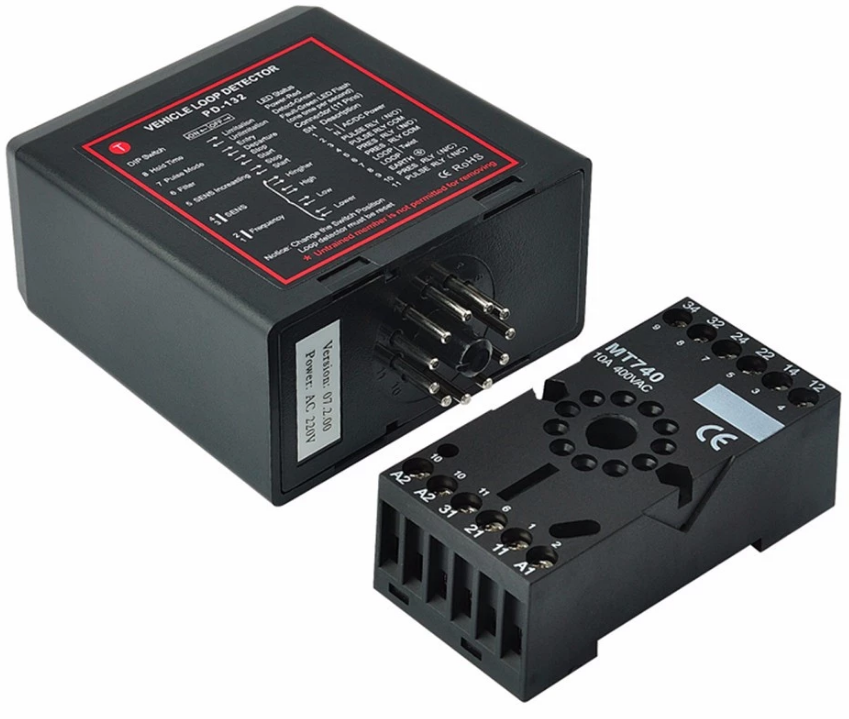
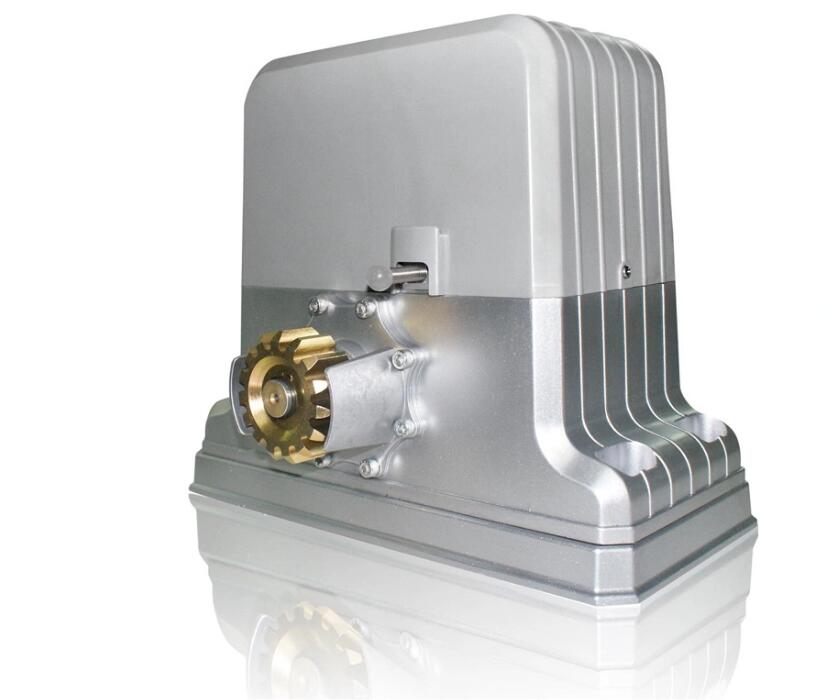
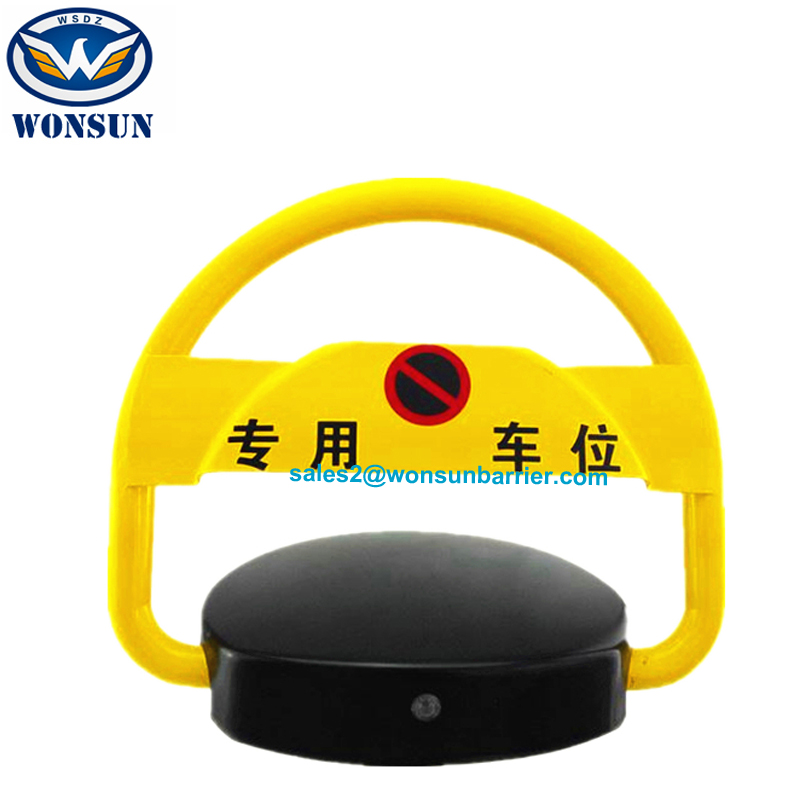
 China
China
